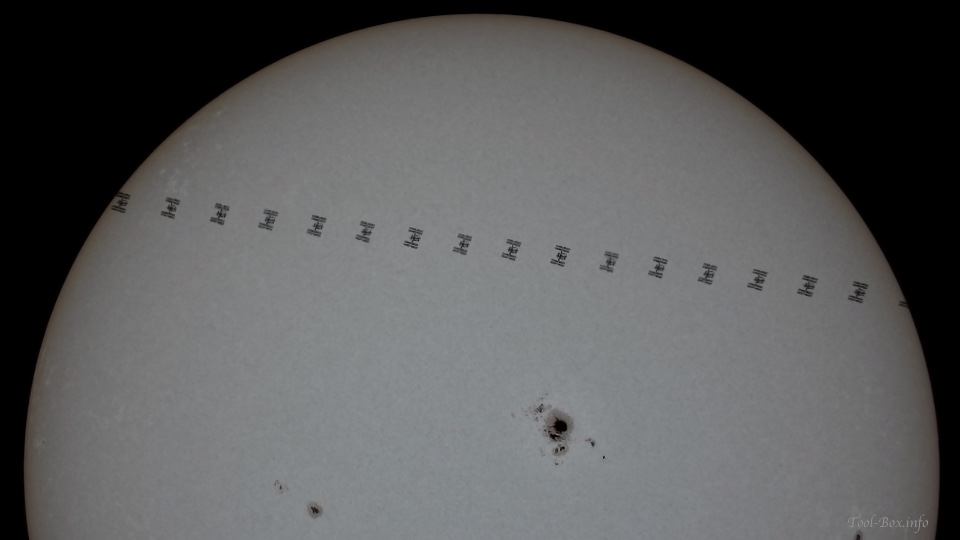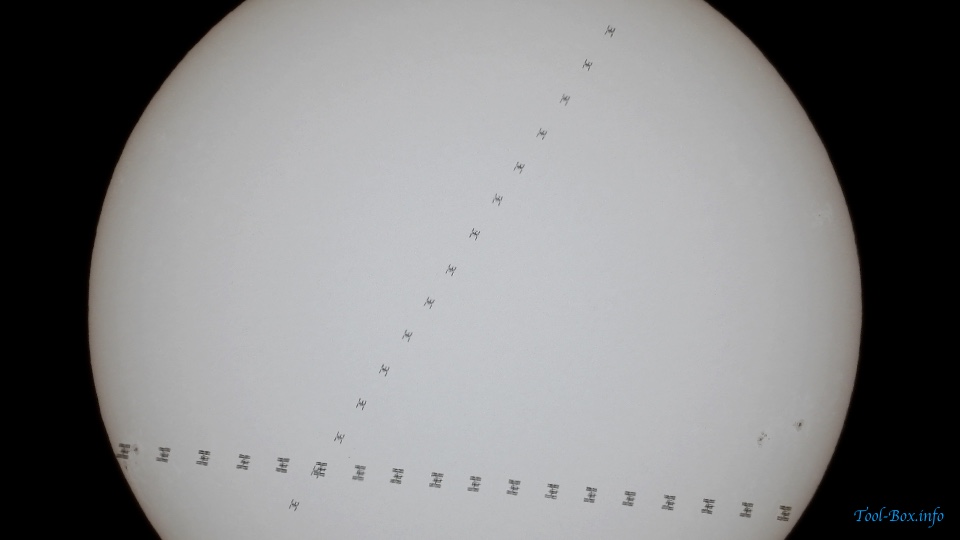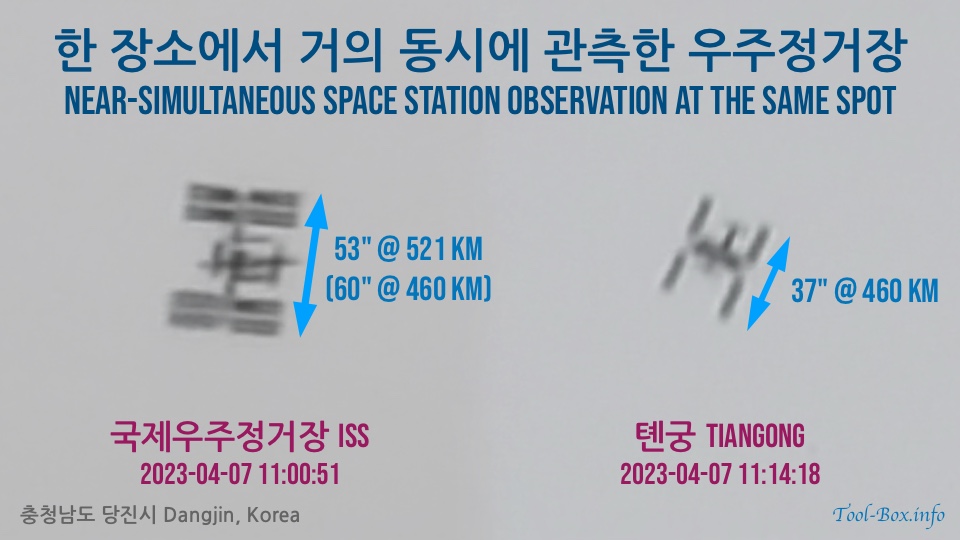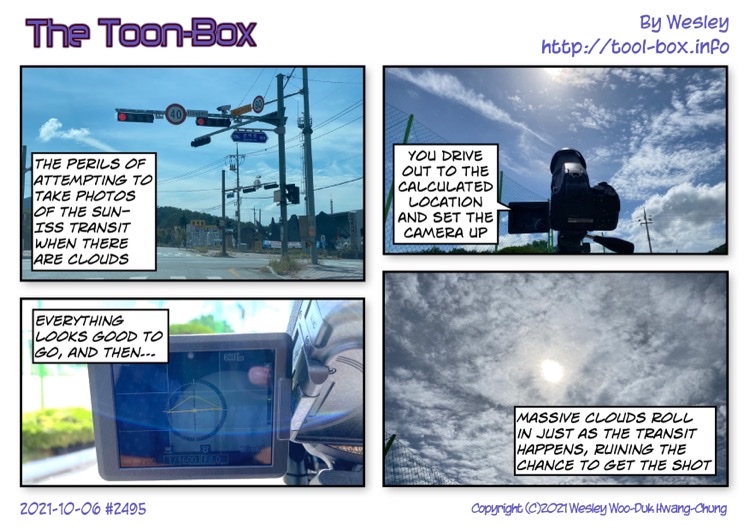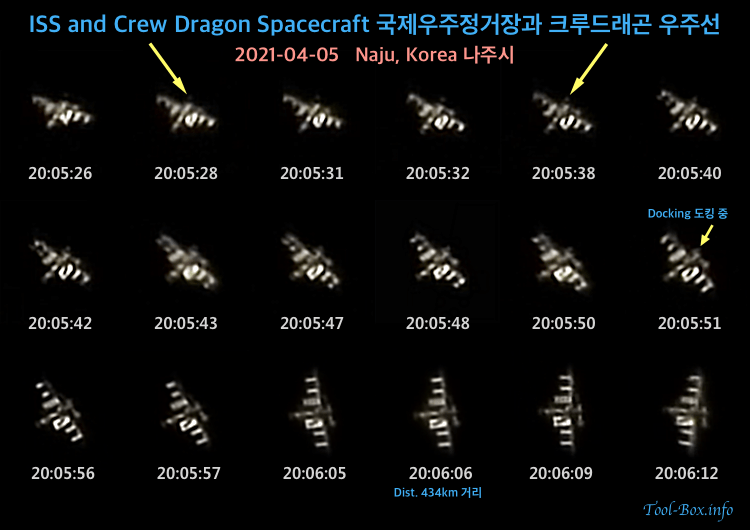ISS with Boeing Starliner transits the Sun
Posted by Wesley on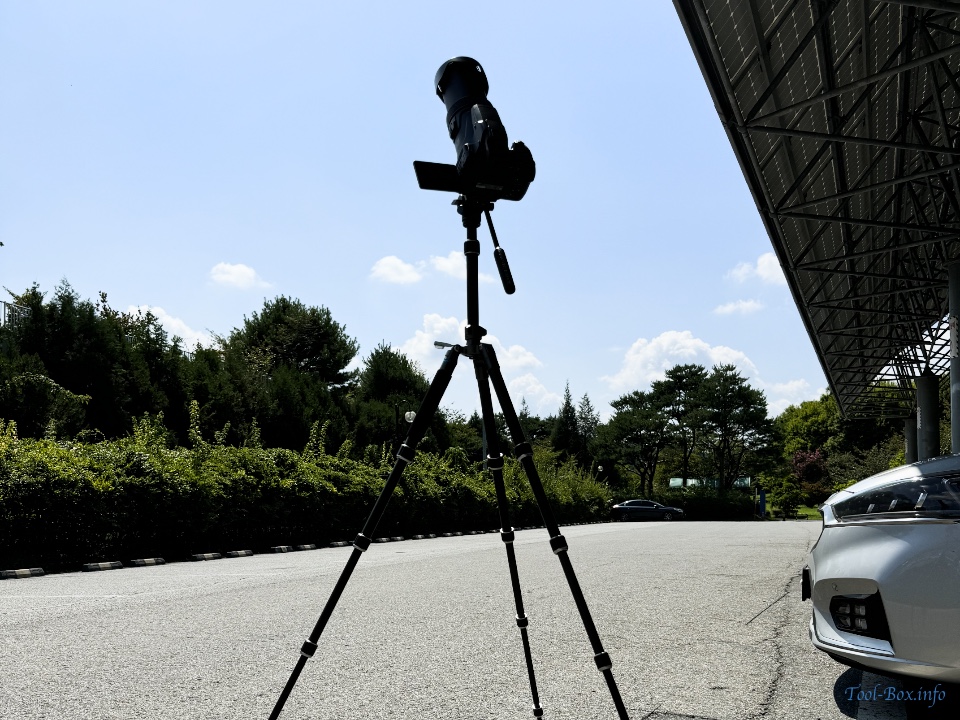
After observing the ISS last year, I was waiting for some interesting changes on board the space station. And this came in the form of the Boeing Starliner spacecraft docking on June 6 as a part of the Crew Flight Test. This test was originally planned to last about a week, but thruster issues kept preventing its return to Earth. This meant that when I finally got the opportunity to make an observation in Daejeon after the monsoon season was over, I could photograph it with the ISS.
Weather in August was still unstable, and forecast for August 15 was cloudy with a chance of rain in many places. But outlook for Daejeon was clear, so drove my car there to make an attempt. And as forecasted, I could see the Sun onobstructed and was able to make a satisfactory observation, as you can see in the composite photo above. The docked Starliner is easily visible as a bump on the left-hand side of the space station's main modules. You can also see the large sunspot named AR3784 near the center of the Sun.
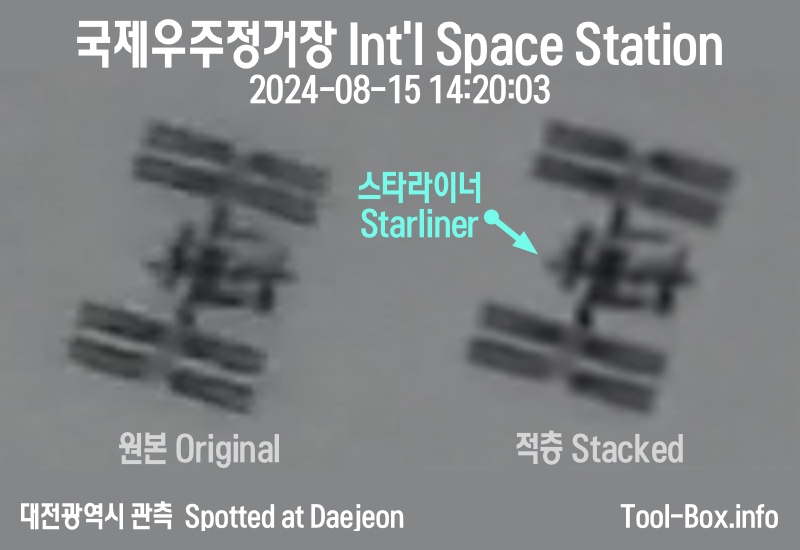
For those who are not familiar with the space station's structure, here's an enlarged photo showing where the Boeing Starliner is currently located within the space station. It's docked to the IDA-2 at Harmony module's forward port. SpaceX Dragon spacecrafts have docked at this location before, so some of my previous observations show that at the same spot instead.
Device: Nikon P1000
Settings: 3000mm - ISO 125 - 1/2000s - f/8
Filters: ICE N100000 (Neutral Density 16.5 Stop)
Time: 2024-08-15 14:20 KST
Location: Daejeon, Korea
17 photos processed with Pixelmator 3.6.6, RegiStax 6.1.0.8, and PIPP 2.5.9
Defined tags for this entry: astronomy, Boeing, camera, Daejeon, international, ISS, Nikon CoolPix P1000, satellite, space station, spacecraft, star, Sun, travel
